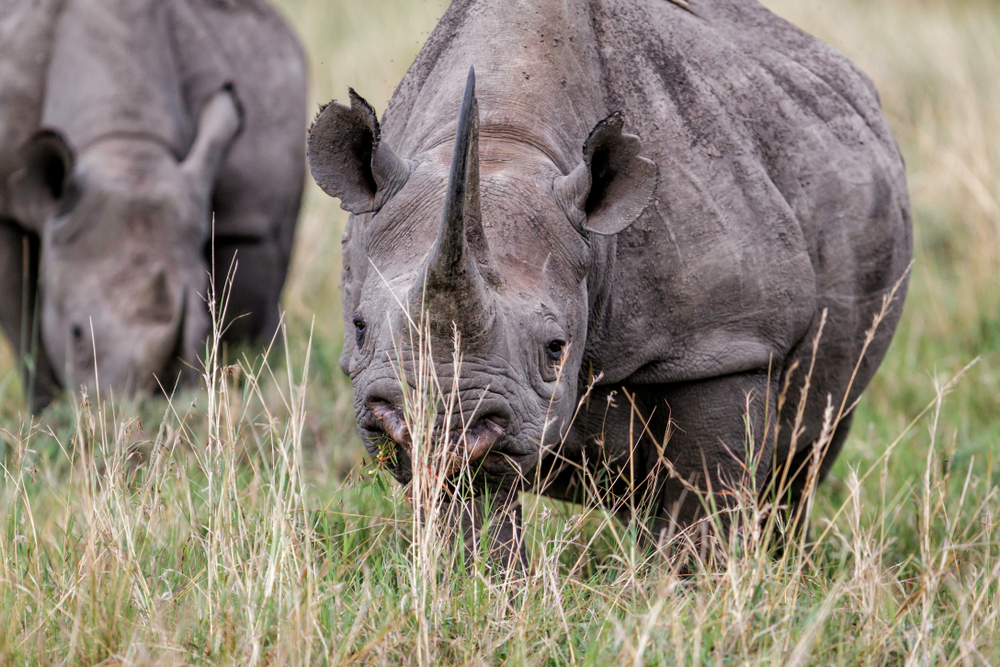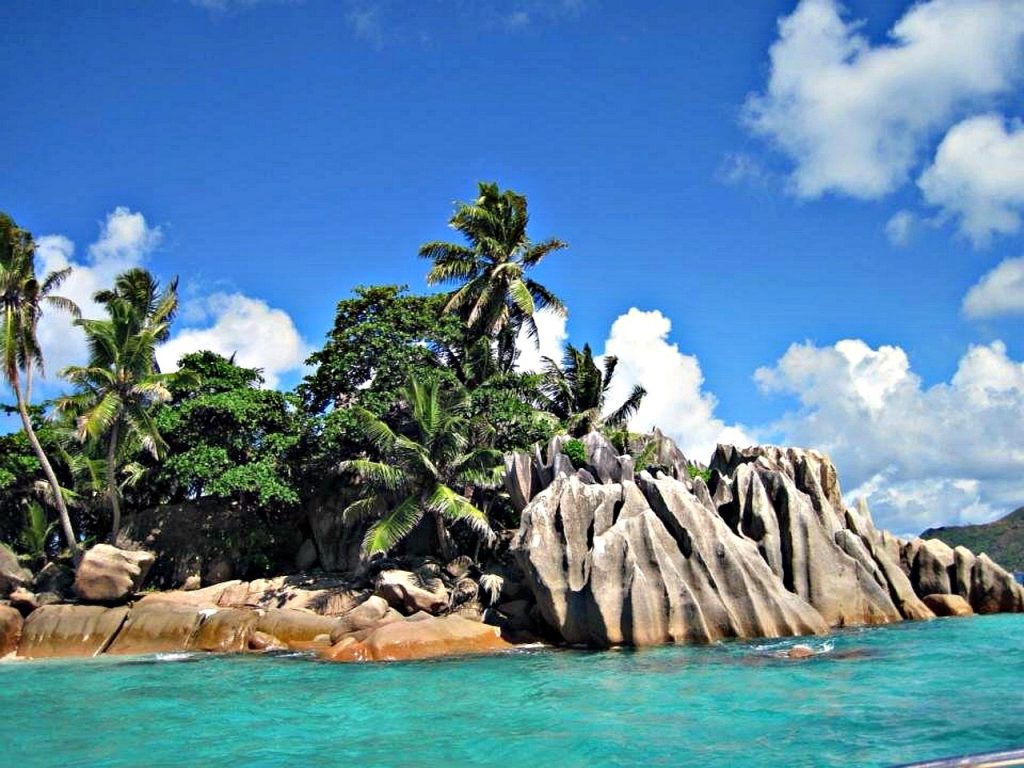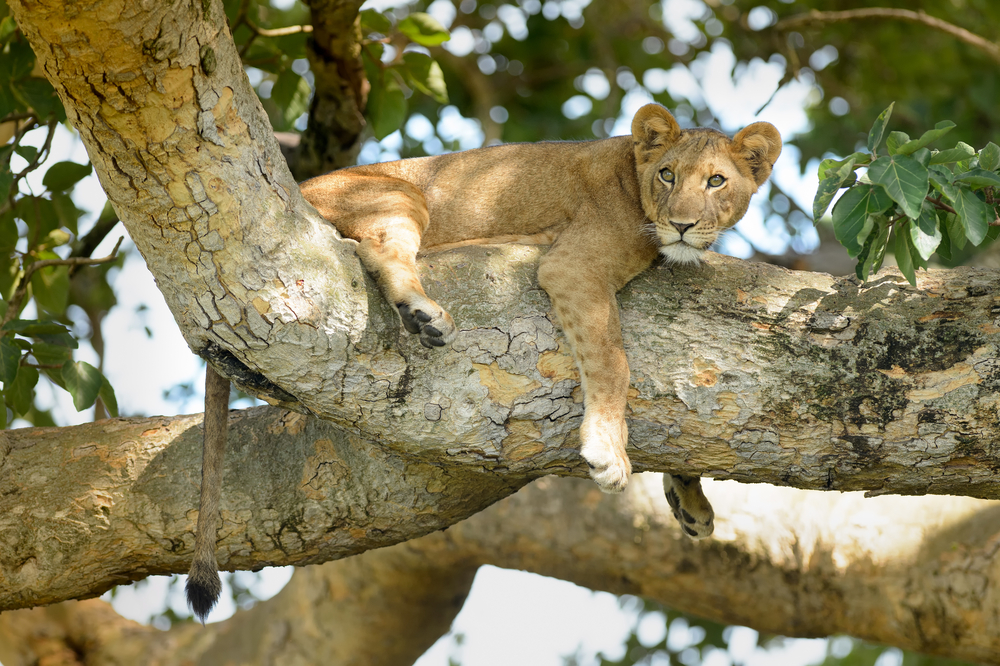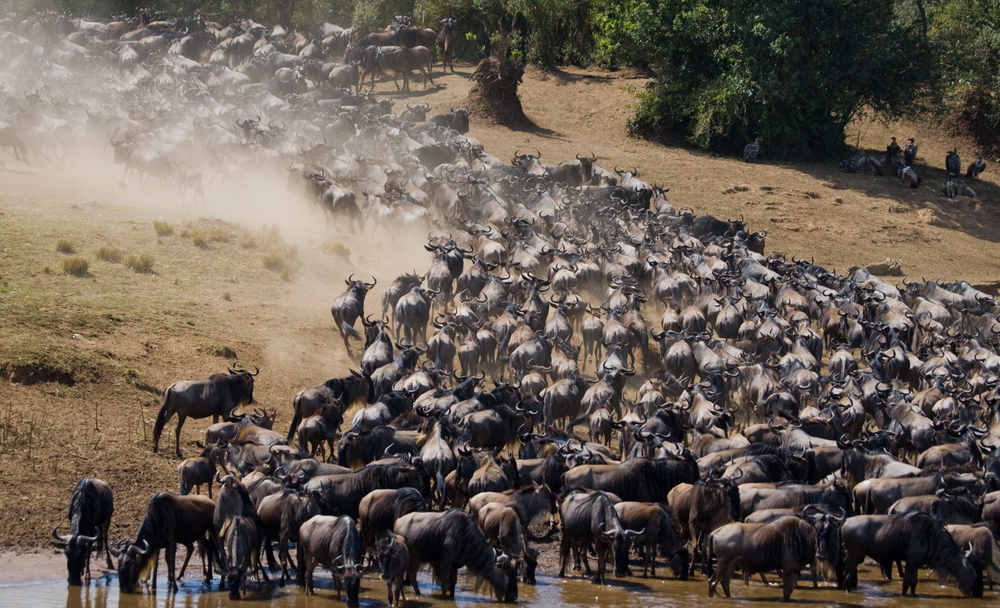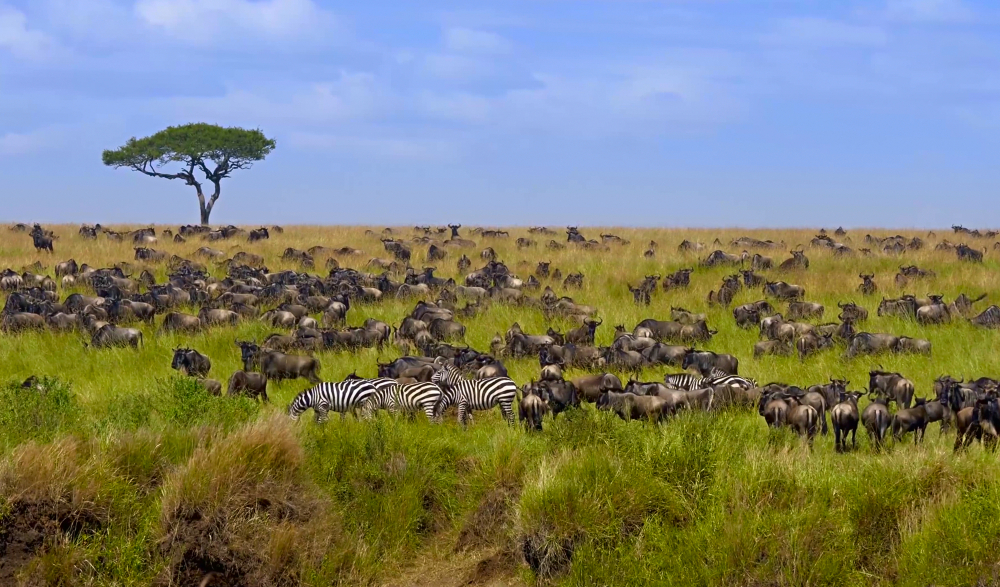The Masai Mara is one of the most coveted safari destinations in all of Africa. It is the leading destination in Kenya. The question beckons for insights on when is the best time to visit the Masai Mara. For an unparalleled wildlife experience, timing is everything.
The rainy season, wildlife activity, crowds and more can affect your once-in-a-lifetime experience. Let’s explore some insights below to find your best time to visit the Masai Mara.
Best Time to Visit the Masai Mara based on Weather
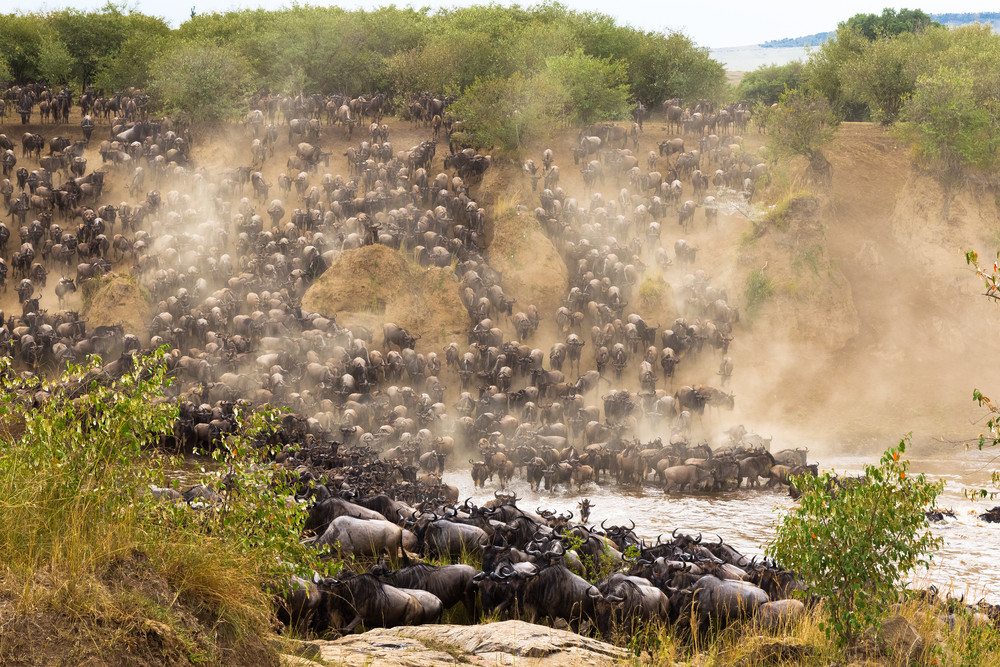
Understanding the weather patterns in the Masai Mara is crucial for planning your visit. Kenya does not experience the traditional fall, winter, spring, and summer seasons. The country basically has two seasons known as the rainy season and the dry season. Here’s what you can expect in terms of weather during different seasons.
Dry Season (June to October): Ideal Safari Weather
- Weather: The dry season boasts sunny days with temperatures ranging from 70°F to 80°F (21°C to 27°C). Rain is rare, and skies are clear, making it perfect for game drives and photography.
- Migration: This is the best time to see the Great Migration. Millions of wildebeest and zebras cross from the Serengeti into the Masai Mara in search of greener pastures, resulting in thrilling wildlife encounters.
- Mara River: Watching the wildebeest avoid crocodiles and cross the Mara River is one of the most exciting events in nature from around the world.
Wet Season (November to May): Lush Green Landscapes and Calving Season
- Weather: The wet season brings occasional rains, transforming the savannah into a lush, green paradise. Temperatures remain comfortable, but you should be prepared for sporadic showers.
- Migration: While the herds may not be in the Mara during the wet season, this is the calving season in the Serengeti. Witnessing the birth of wildebeest calves is a heartwarming spectacle, and birdwatching is exceptional.
- Predators: The calving season occurring primarily in January and February for the wildebeest is a vulnerable time. Lions, leopards, cheetahs and more know that these new lives are easy for the taking. For some, this season is the best time to visit the Masai Mara.
Best Time to See the Migration Crossing the Mara River
If witnessing the dramatic river crossings of the Great Migration is a top priority, planning your visit during specific months is essential.
July to September: The Mara River Crossings
- Crossings: The Mara River crossings are the highlight of the Great Migration. These dramatic events typically occur from July to September. Wildebeests and zebras brave crocodile-infested waters, creating a thrilling spectacle.
- Prime Viewing: To catch this breathtaking show of nature, plan your visit during these months. Keep in mind that the timing of the crossings can vary from year to year.
- Herd Crossing: The herd does not all cross together in one single event. The crossing of the river occurs throughout these months. You never know when one larger group might cross at a time. Wether it is a few members of the herd or a large group, the crossing is still exciting.
Best Time to Visit the Masai Mara to See Animals
Apart from the Great Migration, the Masai Mara offers year-round wildlife viewing. To maximize your chances of seeing a variety of animals, consider the following factors:
Dry Season (June to October):
- Wildlife: The dry season is the best time for game viewing. As water sources dwindle, animals gather around the remaining waterholes, making sightings more predictable. You can spot the Big Five and more.
- Predator Activity: With the scarcity of water, predators like lions, cheetahs, and leopards are more active. Witnessing a hunt during this time is a possibility.
Wet Season (November to May):
- Wildlife: While the herds may have moved south to the Serengeti during the wet season, you’ll still find resident wildlife in the Masai Mara. Birdwatching is outstanding, and the lush landscapes provide beautiful backdrops for photography.
Best Time to Visit the Masai Mara based on Prices and Crowds
Budget and crowd preferences are also important considerations when planning your Masai Mara safari. Of course, the dry season is the most attractive for most travelers. This makes it the high season with more crowds and often higher prices.
High Season (July to October):
- Prices: This is the peak tourist season, and prices for accommodations and safaris are at their highest. Booking in advance is advisable.
- Crowds: Expect larger crowds, especially around popular river crossing sites. However, the expansive nature of the Masai Mara means you can still find quieter areas.
Shoulder Seasons (November to May):
- Prices: The shoulder seasons offer more budget-friendly options. You can often find special deals and discounts for accommodations and tours.
- Crowds: The number of tourists is lower during these months, providing a more intimate safari experience. Exploring with fewer visitors can enhance your connection with the wilderness.
Summary
The best time to visit the Masai Mara depends on your interests and priorities. If witnessing the Great Migration and river crossings is your dream, plan your visit during the dry season from July to September.
For lush green landscapes, birdwatching, and the calving season, consider visiting during the wet season from November to May.
Budget-conscious travelers may find lower prices and fewer crowds during the shoulder seasons and the wet season, making it an attractive option.
In the end, the best time to visit the Masai Mara is a matter of personal preference. Whichever season you choose, you’re in for an extraordinary safari adventure and the opportunity to witness one of nature’s greatest spectacles in this iconic African wilderness.

